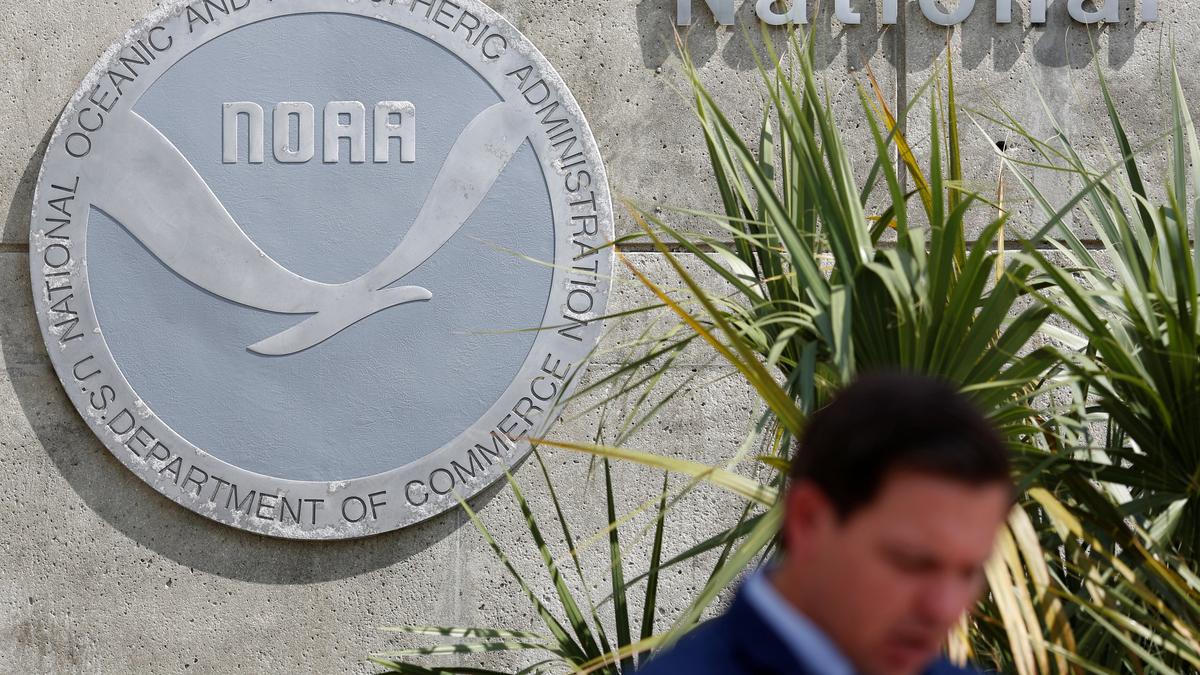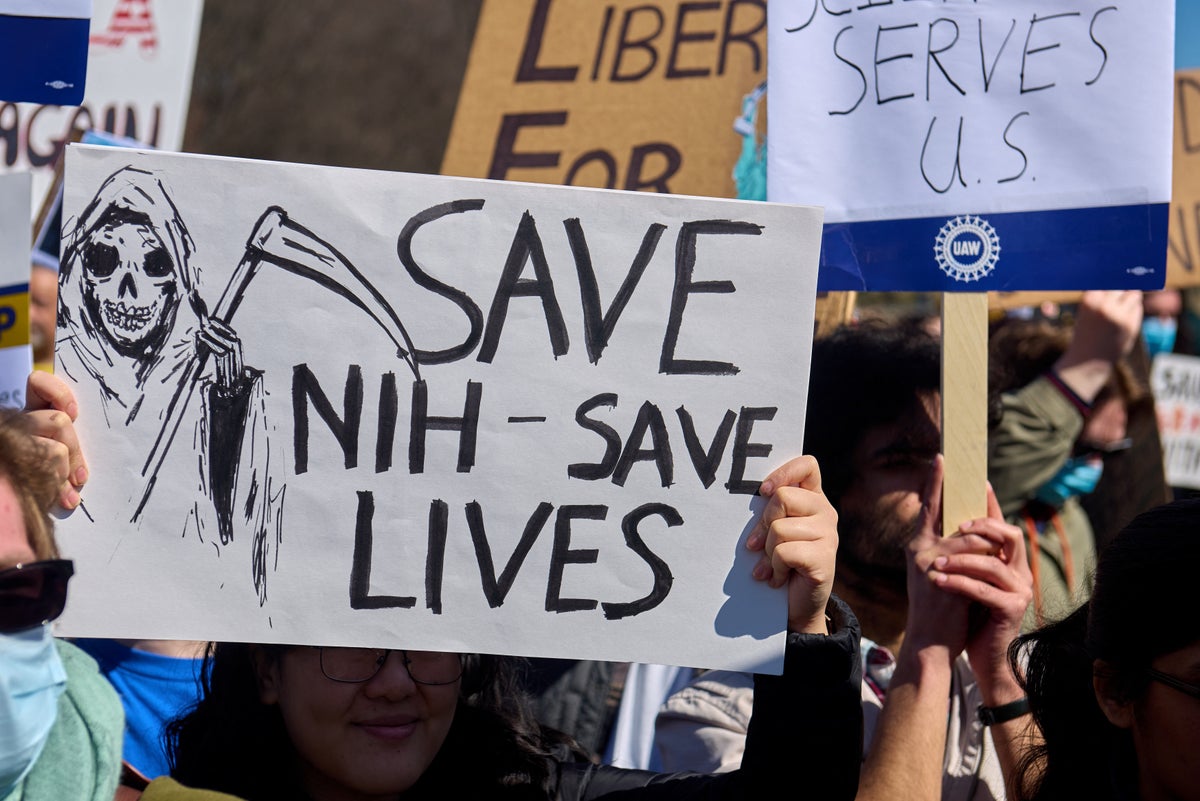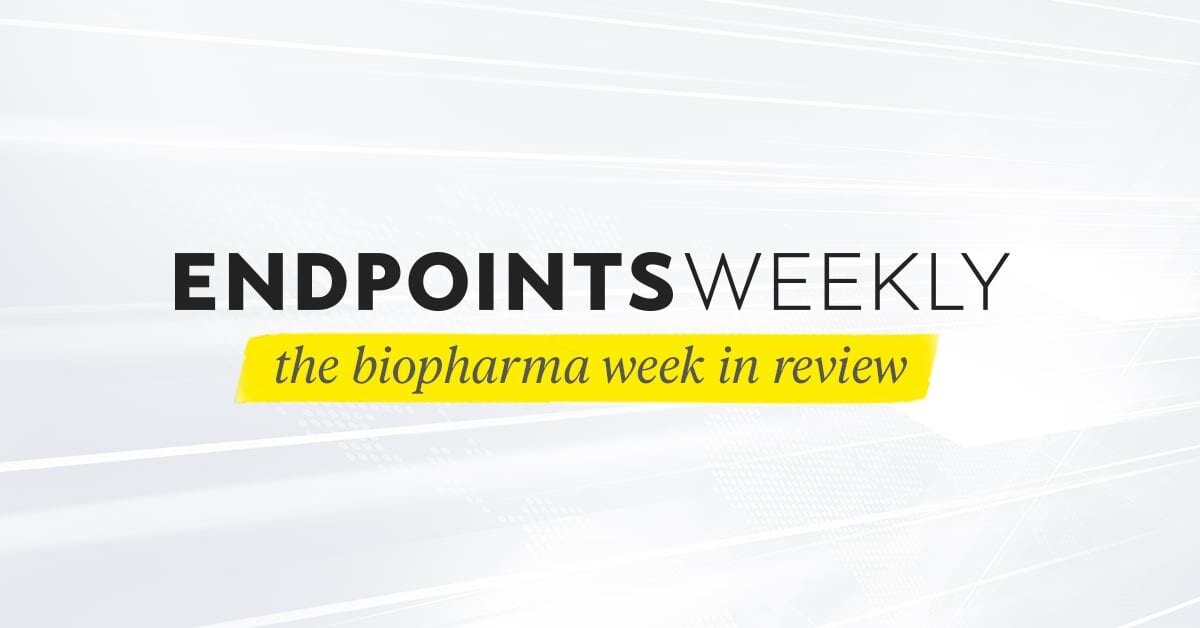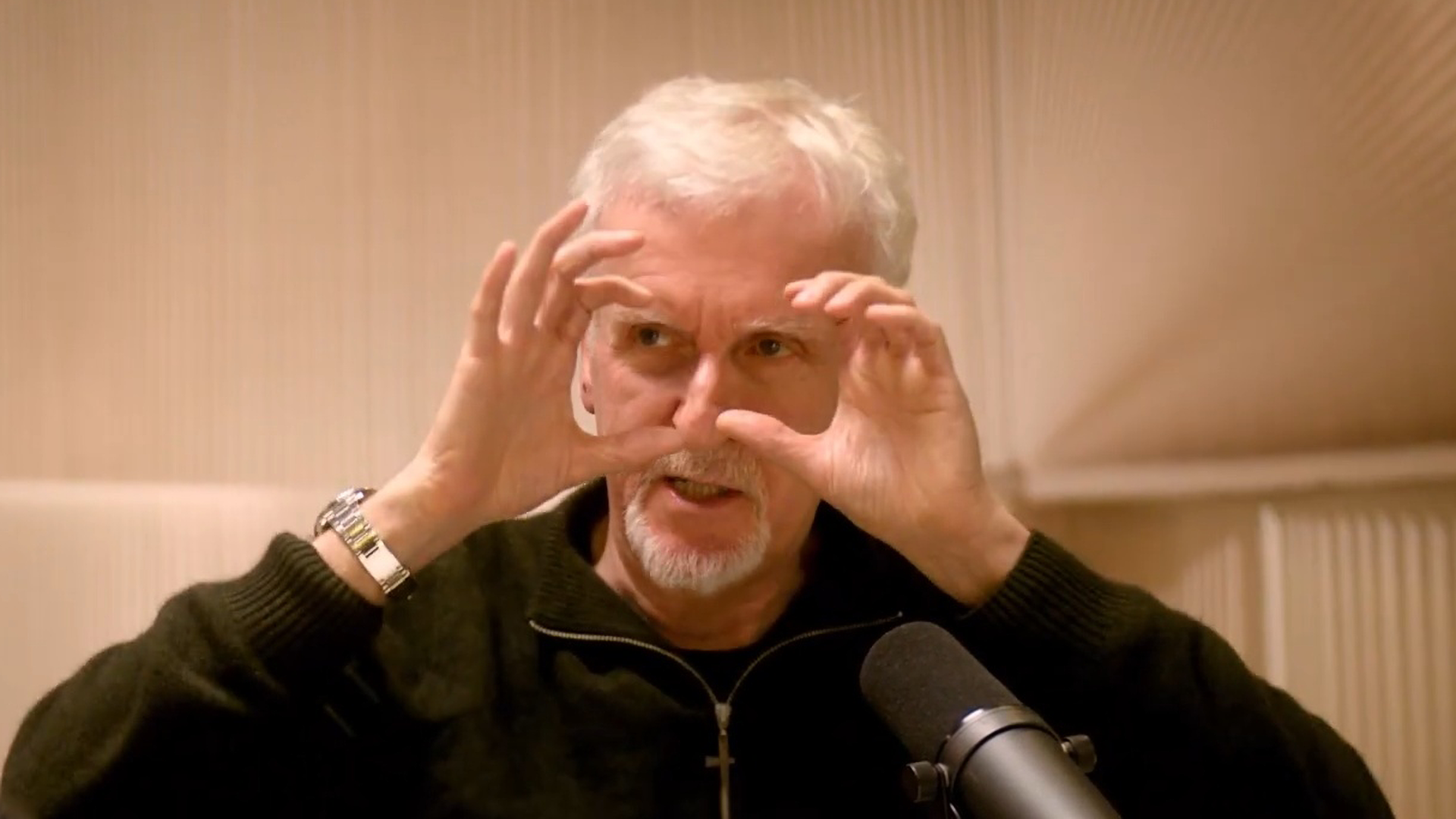Doctors and Debt: Why Short Visits Create Long-Term Challenges
Doctors aren’t just healers—they’re involuntary lenders. Every time a physician treats a patient, they’re fronting the cost of care and hoping to get reimbursed. If the insurer underpays or denies the claim, the financial burden falls on the patient. And if the patient can’t pay? The doctor eats the loss. No other profession operates like ... Read More


Doctors aren’t just healers—they’re involuntary lenders. Every time a physician treats a patient, they’re fronting the cost of care and hoping to get reimbursed. If the insurer underpays or denies the claim, the financial burden falls on the patient. And if the patient can’t pay? The doctor eats the loss.
No other profession operates like this. Imagine a contractor building a house and only finding out months later whether they’ll be paid, and how much. That’s how American healthcare works. Doctors deliver care with no guarantee of compensation, while insurers and middlemen profit without taking on any risk.
The True Cost of Healthcare
People say the U.S. has the most expensive healthcare system in the world—but few ask why. Patients and employers overpay, yet doctors are underpaid and buried in bureaucracy. If doctors aren’t getting the money, where is it going?
For every 15-minute patient visit, doctors spend another 15 minutes—sometimes more—on paperwork. They submit claims, appeal denials, and negotiate with insurers, all to get paid for work they’ve already done. Even after all that effort, there’s no certainty they’ll see a dime.
The reality? If doctors were paid directly, healthcare would cost less. Right now, insurers extract billions from the system through hidden fees, administrative hurdles, and convoluted reimbursement schemes. They dictate what’s covered, how much is paid, and under what conditions—driving up costs for patients and employers while making it harder for doctors to practice medicine.
Doctors Are Drowning in Debt
Becoming a doctor isn’t just a calling—it’s a financial gamble. The average physician graduates with around $200k in student loan debt. On top of that, running a practice comes with staggering overhead—office rent, staff salaries, malpractice insurance, and electronic health record systems designed more for billing than for patient care.
Then there’s the daily fight for reimbursement. If an insurance claim is denied, the doctor either absorbs the cost or chases the patient for payment. Many patients can’t pay, not because they don’t want to, but because they assumed insurance covered it, or they’re already buried in medical debt themselves.
The result? More doctorsare leaving private practice, more consolidation into massive hospital systems, and less personalized care for patients.
Insurance Companies Control the System—Not Doctors
Insurers dictate how much a doctor gets paid, when they get paid, and even if they get paid at all. They set the rules, change them without warning, and deny claims for the smallest discrepancies.
If doctors push back? They lose access to an entire network of patients. It’s a rigged system where insurers win, and everyone else loses.
This isn’t just inefficient—it’s harmful. It forces doctors to focus more on coding than care, discourages them from spending time with patients, and inflates costs across the board.
A Better Way Forward
There’s a solution—but it requires a fundamental shift in how we pay for healthcare.
- Go Direct: When doctors are paid directly, pricing becomes transparent and competitive. Look at LASIK and cosmetic procedures—sectors where direct pay models have led to clear pricing and affordability.
- Simplify Billing: Doctors shouldn’t need a team of billing experts just to get paid. Standardized, real-time payments would eliminate denials, appeals, and wasted administrative costs. The U.S. revenue cycle management (RCM) market was valued at $140.4 billion in 2022 and is projected to hit $308.18 billion by 2030—proof that inefficiency is big business.
- Let doctors practice medicine: Every minute spent on paperwork is a minute not spent with a patient. Reducing administrative burdens means better care, less burnout, and fewer doctors leaving the profession.
Right now, the system forces doctors to act as banks—fronting costs while insurers profit. The solution to fixing healthcare isn’t adding more layers of insurance—it’s reducing dependence on it.
Want lower costs? Pay doctors. Want fair pricing? Pay them directly. Want better care? Free doctors from the chokehold of insurance companies. If we don’t, we’ll keep getting shorter visits, more physician burnout, and a healthcare system that punishes both the providers and the patients it’s supposed to serve.
About Mark Newman
Mark Newman is the co-founder and CEO of Nomi Health. Newman and his team are working to solve the healthcare crisis by removing the waste embedded in the traditional process and cutting healthcare spending costs by up to 30%.




























































































































![The breaking news round-up: Decagear launches today, Pimax announces new headsets, and more! [APRIL FOOL’S]](https://i0.wp.com/skarredghost.com/wp-content/uploads/2025/03/lawk_glasses_handson.jpg?fit=1366%2C1025&ssl=1)





















